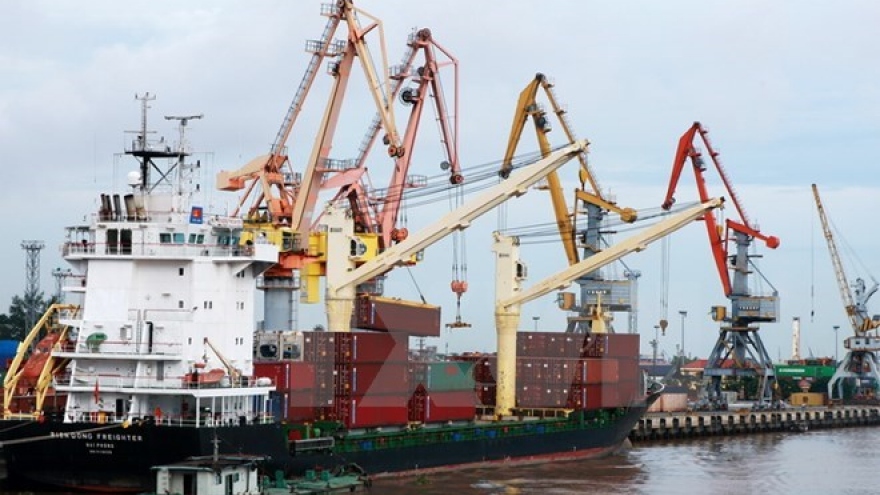Vietnam’s exports to US soar
Vietnam exported US$35 billion worth of goods to the US in January-November, 2016, representing a remarkable rise of 14% over the same period last year.
 |
The US topped the list of countries importing Vietnamese key products, such as garment-textile, footwear, machinery, equipment and spare parts, seafood, and timber products.
According to the Vietnam Customs, the country’s total import-export turnover exceeded US$316.9 billion in the 11-month period, of which exports reached US$159.94 billion and imports, US$156.96 billion.
Mobile phones and components were the biggest hard currency earner (US$31.6 billion), followed by garment-textile (US$21.56 billion), computers, electronic products and spare parts (US$16.68 billion).
The US was the second largest importer of Vietnamese mobile phones and components, after the European Union, with US$3.95 billion, up 52.7%.
The country spent over US$10.33 billion buying Vietnamese apparel products, a yearly increase of 4.7%, accounting for 47.9% of the sector’s total import turnover.
Vietnamese footwear was mainly exported to the US, fetching over US$4.03 billion, up 10% against the previous year, making up 34.6% of the sector’s total import turnover.
Regarding seafood, the US remains a key market, importing US$1.33 billion, up 11%.
The US was the third biggest importer of Vietnamese farm produce with US$1.71 billion, up 24.7%, after China and the EU.
In January-November, Vietnam mainly imported computers, electronic products and spare parts (US$25.33 billion), machinery and equipment (US$25.24 billion), mobile phones and components (US$9.56 billion).
The Republic of Korea (RoK) continued to be the largest supplier of computers, electronic products and spare parts for Vietnam with the import value of US$7.94 billion, up 26.3%.
It was followed by China (US$5.36 billion, up 12.1%), China’s Taiwan (US$2.9 billion, up 43.4%), Japan (US$2.54 billion, up 20.7%), and the US (US$1.97 billion, up 50%).
Meanwhile, China remained the biggest provider of machinery, equipment and components for Vietnam over the past 11 months with US$8.27 billion, an annual rise of 1.5%.
The RoK and Japan ranked second and third, with US$5.12 billion and US$3.72 billion, respectively.
Vietnam also imported raw materials worth nearly US$16.17 billion in January-November, showing a yearly increase of 2.1%.
Main markets include China (over US$7.3 billion, up 4.5%), the RoK (over US$2.63 billion, up 2%), and China’s Taiwan (over US$2.09 billion, up 2.4%).



